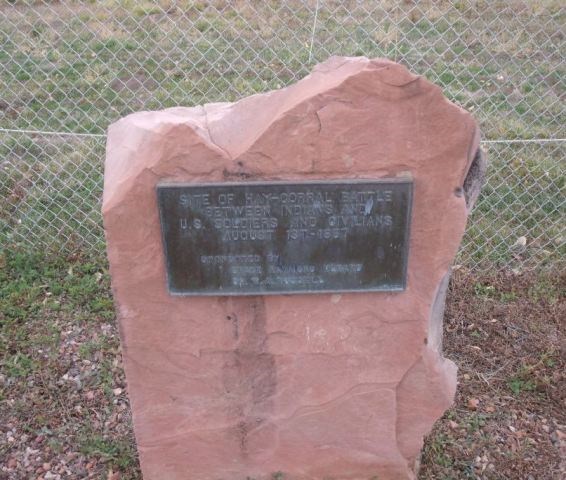
NPS The Bozeman Trail Though the trail is named for John Bozeman, an emigrant from Georgia, who was said to have blazed the route, in actuality Native Americans had been using the route as a travel corridor for centuries. In 1863, Bozeman and partner John Jacobs widened this corridor for use as a wagon road. They were following in much the same footsteps as Captain William Raynolds had four years earlier in a mapping and exploration expedition for the Army Corps of Topographic Engineers. The impetus for the trail was as a shortcut to goldfields, in and around Virginia City, Montana territory. The Bozeman route left the Oregon Trail in central Wyoming, skirted the Bighorn Mountains, crossed several rivers including the Bighorn, then traversed mountainous terrain into western Montana. The trail had several advantages, including an abundant supply of water along with the most direct route to the goldfields. The Powder River Country The first emigrant trains began traveling up the trail not long after Bozeman and Jacobs had finished marking the route. In 1864, a large train of 2,000 settlers successfully made the trek. This was the high water mark of travel along the corridor. Though some wagon trains, were successful, they were under constant threat of attack. Over the next two years, travel along the corridor came to a complete halt because of numerous raids by a coalition of tribes. Pressure was then placed upon the U.S. government to protect travelers. In 1866, U.S. Army troops were dispatched to construct three forts along the trail, which would supposedly offer protection to wagon trains. These posts, running from south to north, were Forts Reno, Phil Kearney and C.F. Smith. Ominously, each of these forts was named after a general that had deceased during the just completed Civil War. Red Cloud’s War These attacks culminated in three famous incidents. The Fetterman Fight, in December 1866, which saw an army detachment of 79 soldiers and 2 civilians led by Captain William Fetterman lured from Fort Phil Kearney and utterly destroyed within a few miles of the fort. On August 1, 1867, the Hayfield Fight, where 19 soldiers and 6 civilians detailed for guard and hay cutting duty were attacked. Under siege for over 8 hours they managed to hold off 500 hundred warriors until help arrived. The Wagon Box Fight, where a detachment of 31 soldiers sent out to guard a team of wood cutters, was encircled, yet fought off numerous attacks over a five hour period from hundreds of warriors. Abandonment and Failure With few if any emigrants using the trail, the army sequestered behind fortress walls and tribes showing few signs of easing up on attacks, the United States government decided to pursue a peace policy. The 1868 Fort Laramie Treaty recognized the Powder River Country once again as the hunting territory of the Lakota and their allies. A presidential proclamation was issued to abandon the forts. The Bozeman Trail was history. For the first time, the United States government had lost a war. |
Last updated: February 24, 2015
